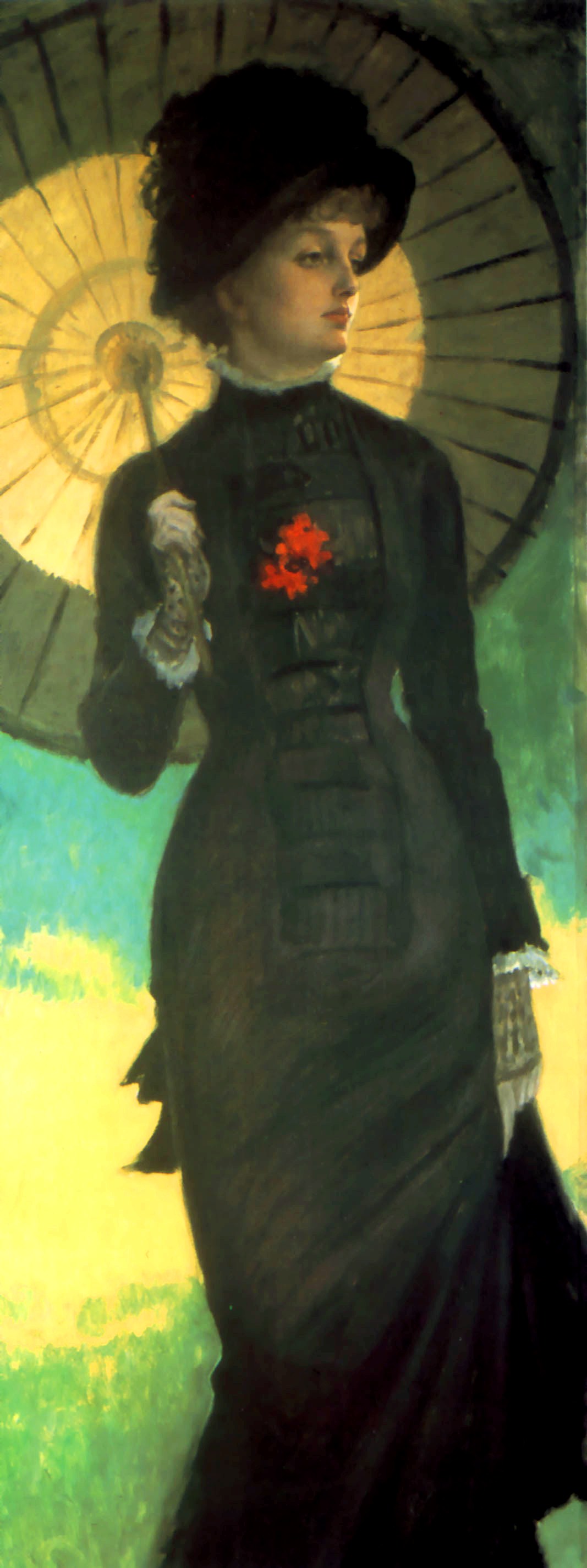The de Young Museum’s Fashioning San Francisco: A Century of Style promised to whisk us away on a stylish journey through San Francisco’s fashion history. It ambitiously aimed to cover over a century of women’s fashion through the works of more than 50 designers, from French couturiers to Japanese avant-garde designers, including Christian Dior, Alexander McQueen, Christopher John Rogers, Comme des Garçons, and Rodarte. But, let’s just say, it didn’t quite strut the runway as expected.

For starters, the vibe was off. Compared to the dazzling Guo Pei: Couture Fantasy, the vibrant Patrick Kelly: Runway of Love, or the elegant Contemporary Muslim Fashions (2018), Fashioning San Francisco felt more like a stroll through a dimly lit memory lane. The gallery’s lighting did the exhibit no favors; it was too dark, making it hard to appreciate the nuances and craftsmanship of the pieces. This shadowy ambiance, rather than creating an intimate setting, unfortunately, accentuated the weariness of the ensembles, making the fashion scene feel somewhat muted and dull. Ironically, the museum’s own catalogue of the show were taken in much flattering lighting. Mannequins with disproportional large head is another feature of the show.
The exhibition starts with the city’s recovery from the devastating earthquake and fire of1906, followed by its reassertion on the global stage with the exponential growth of international trade and the rise of department stores, and finally became the playground for the avant-garde. From the legendary “little black dress” by stars like Karl Lagerfield and Valentino to rad pieces by Japanese designers like Rei Kawakubo and Issey Miyake. The intend is to showcase the city’s role in the global fashion dialogue. The exhibition also pays homage to the “power suits” of working women and the significant role of footwear in expressing individual identity.
However, in a lay person’s eye, Fashioning San Francisco inadvertently painted the city as a lesser European town becoming a mediocre melting pot. De Young claims “The designs on view, many never shown before, reflect San Francisco’s long-standing tradition of self-expression through fashion.” If there’s anything uniquely San Francisco in it, I failed to grab. This Vivienne Tam’s 1995 “Chairman Mao” dress with print of the Chinese dictator by Zhang Hongtu is as interesting as it gets, but it could also be from anywhere with a Chinese tie. Maybe I need to see a similar show for NYC, Paris, etc. to finally see the underline identity.

The foundation of the exhibition is the 2018 gift of more than 500 ensembles the museum by Palo Alto author and fashion collector Christine Suppes. Suppes’ donations span the past 35 years. I wonder if the taste of the collector shapes the outlook of the show.
The show will run into August this year.










